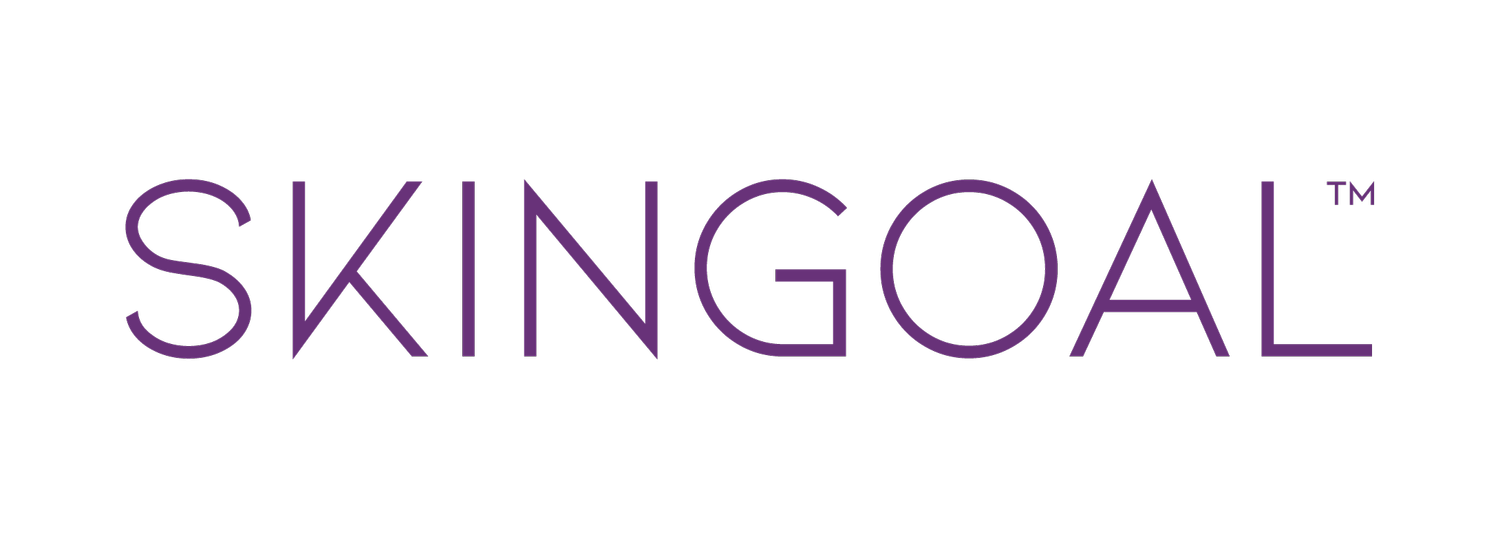What is a serum cocktail?
There has been quite a lot of internet chatter lately about serum cocktails - but what is a serum cocktail and is it a good thing?
In short, a serum cocktail is when you mix two or more of your serums together as a ‘power serum’. Why might we do this? Well, the theory is that with so many of us having multiple serums on our shelves, we can save time by mixing them together before applying. Is this a good thing? I would argue not as, for me, it rather defeats the whole point of choosing, buying and using any serum.
What is a serum?
In clinic, I am often asked why we suddenly need to start knowing about and using serums, when previously, apparently, a good moisturiser would have been enough. Well! Serums, unlike most moisturisers, aren’t a catch-all product. Each type of serum is designed to address a specific skin issue, whether that be breakouts, sun-related blemishes, dryness, dullness, etc. Your moisturiser is the top layer that locks in moisture and keeps out external pollutants and environmental aggressors. By mixing serums you risk possibly attempting to push together two active ingredients who do not play well as a team, or damaging the efficacy of the individual serums by slowing or partially blocking their access to the skin.
What do you do, however, if you have a built up small collection of serums each one to address a different skin concern and don’t know which one to use when? This is when the art of serum layering comes into play.
What is serum layering?
Serum layering is just what is sounds like - it is the decision to use two or more of your serums under your moisturiser on the same day. There are a few very simple things you need to know about your serums before you decide which to layer with which, however, and the best way to do this.
Some ingredients do NOT work as a team. Do not layer a Vitamin C serum with a retinol serum, for example. Both are bold exfoliators and mixing the two could end up with a reaction - itchy skin, or even redness and flaking.
Always layer from lightest to heaviest - you can easily work this out by rubbing each serum across your fingers - lowest viscosity is the lightest and the thicker-feeling ones are the heaviest. In my SkinGoal collection, my Power HA is ALWAYS the base serum! It’s designed to be light and quickly absorbed, providing a burst of hydration that not only feels lovely, but prepares your skin for the next serum.
Give each serum a minute or two to absorb before you apply the next, and again before finally applying your moisturiser.
What are my serum layering recommendations?
I can only really advise on the serums in my own SkinGoal serums range, of course, and each of my serums are designed to be super-effective, each containing significant proportions of the active ingredient that addresses the skin concern its designed to tackle.
For dryer skin with sun spots
Power HA, followed by Power AOX. Power AOX is a workhorse vitamin C serum designed to tackle dark spots and blemishes, creating a more even skin tone. With the highest active formula of 20% Vitamin C (L-ascorbic acid) combined with anti-oxidant ferulic acid, it not only works to clear dark skin spots, but protects skin from the cell damage caused by exposure to UVA and UVB light.
For sensitive skin with sun spots
Power HA, followed by Serum C. Serum C is a gentler version of my Power AOX, designed especially for more sensitive skins.Over time it will address the early signs of sum damage while from day one feeding the skin with antioxidants to help guard against ongoing environmental aggressors.
Sensitive, menopausal skin
Power HA, followed by Serum Serene. I developed Serum Serene purely to support those ladies who have experienced an onset of skin sensitivity around the perimenopause or menopause. It seems very unfair that one of the symptoms of changing hormone levels is that we may find skin products we have used happily for years suddenly trigger itching, or breakouts, or just don’t feel right. Serum Serene has been designed to soothe skin discomfort and reduce redness, while increasing skin’s elasticity and reducing visible fine lines.
Skin prone to breakouts
Power HA, followed by Serum L. I called this one L for luminous! It contains contains a potent mix of glycolic and salicylic acids plus calming ingredients to ensure the skin barrier remains healthy. The glycolic acid prevents a build-up of dead skin cells, while the salicylic acid actually enters into your pores and clears out build up of sebum, so reducing the number of pimples attempting to make their presence felt.
So, when do I use a retinol serum?
You should use a retinol serum at night, never in the mornings. And if you are using a retinol serum, such as my hard-working Power R1%, always use a high factor SPF in the daytime.
I hope this helps with your morning serum dilemmas, but if you feel you want to learn more, I am always happy to do a phone consultation, just message on WhatApp to 07496 301199, or email hello@skingoal.co.uk to arrange a time.
Love, Penny x

